
Many endurance athletes believe that lifting heavy weights causes you to bulk up and gain weight. This doesn’t have to be the case. The old school philosophy of strength training for endurance athletes used endurance tempo training to combat this. This idea for endurance tempo training turns out not to be ideal of endurance athletes. After all endurance athletes already have endurance training.
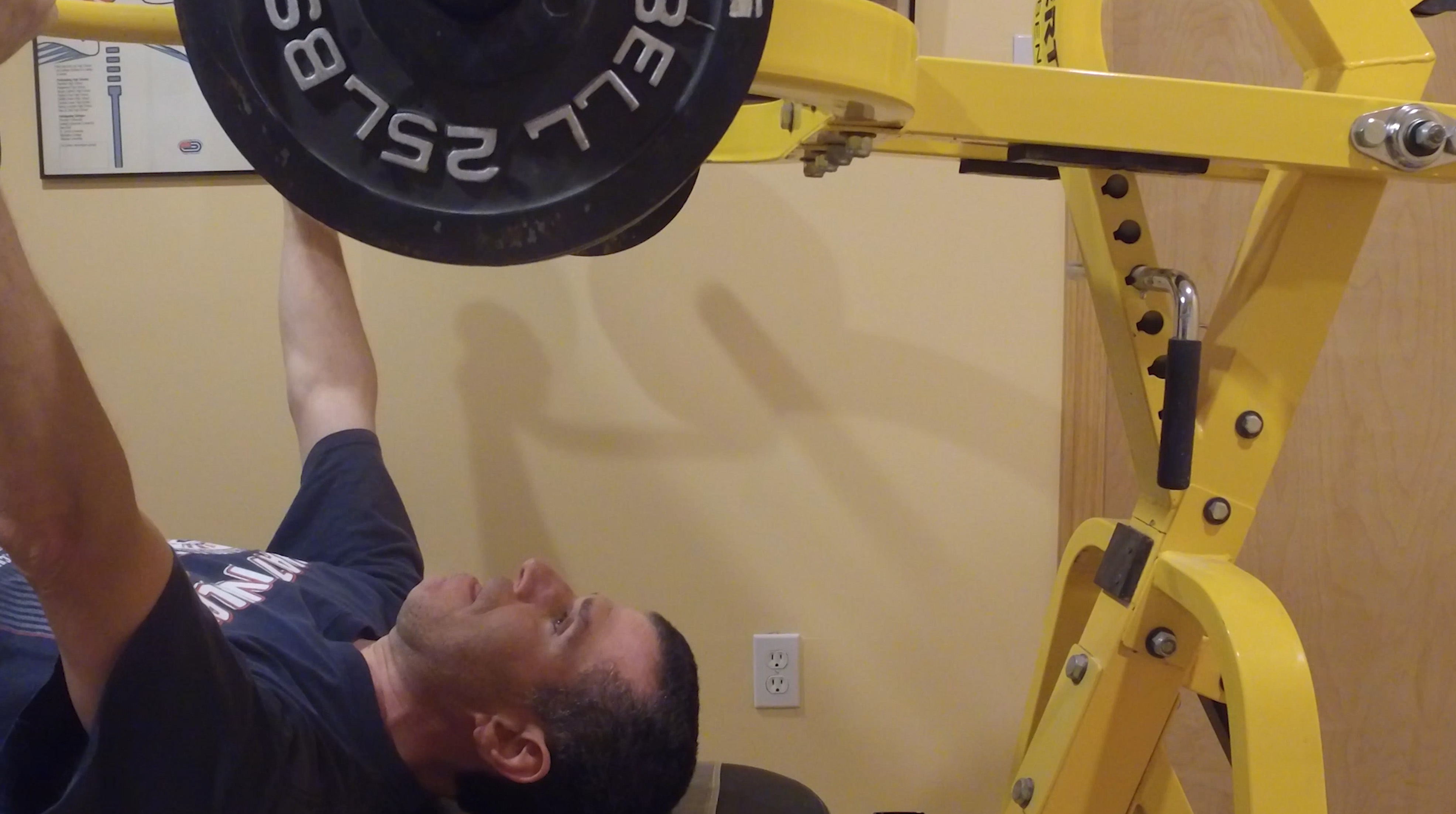
It is more beneficial to focus on building strength and power by utilizing a select few full-body exercises. Improving strength and power increases your average power output throughout the race, as well as impacting the “kick” to the finish. Not only can we improve strength and power, these movements help reinforce hip extension that is key to the race walking gait.

To be safe and provide maximum benefits, proper posture and form is vital. When we say proper posture, we mean more than just standing up straight. Proper posture starts with our feet forward, spine and hips in a neutral position, shoulders down and back, and head directly over our spine.
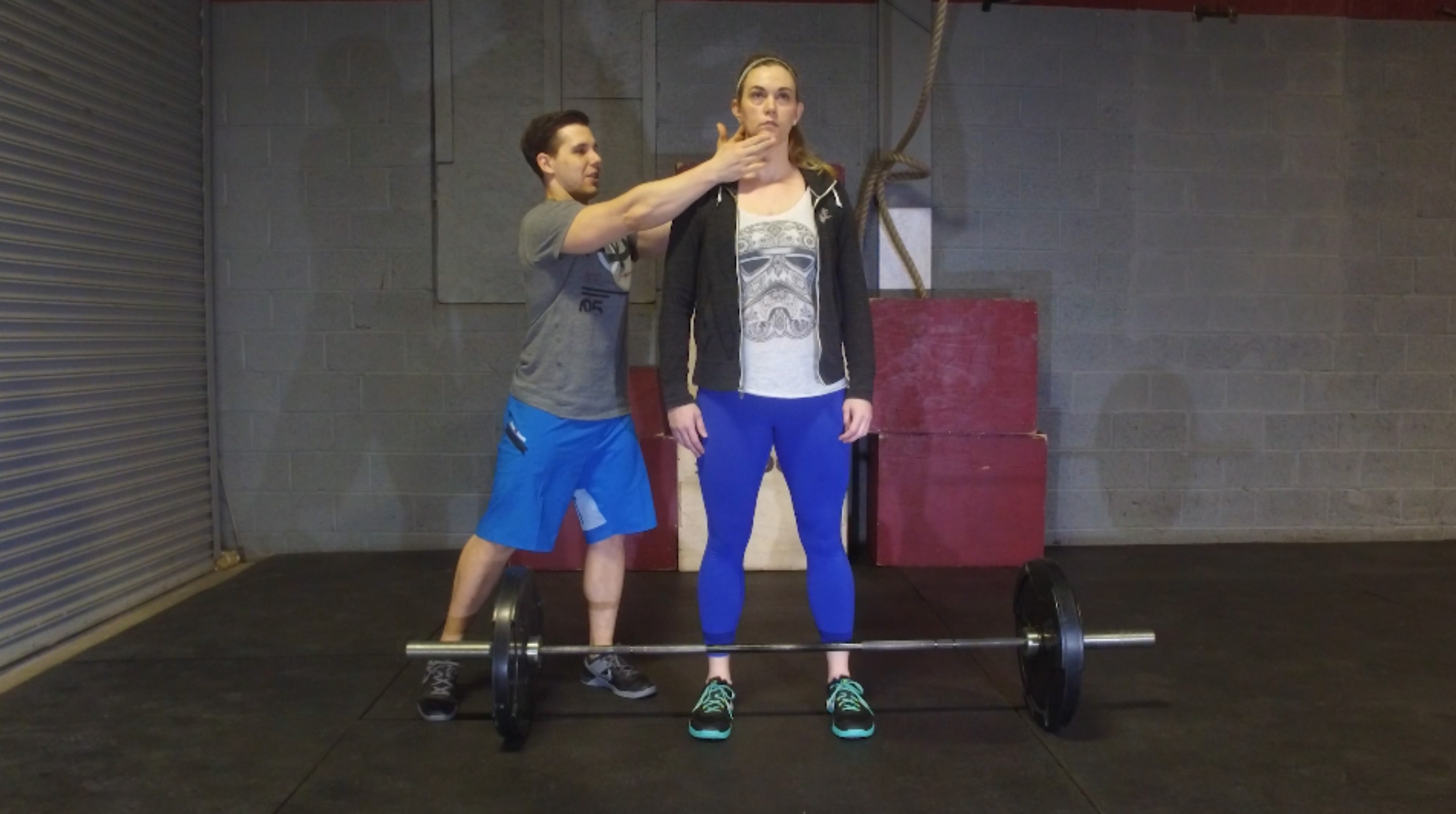
Similar to race walking, where you must maintain proper posture through the race or workout, you must maintain proper posture throughout these exercises. If you perform the exercise improperly, you may be capable of lifting more weight and it may feel easier to complete. Your body gravitates towards incorrect positions, especially as you fatigue. This heightens the risk of injury, so stay focused.
Many people have unique muscular imbalances. Individualized instruction is critical to ensure you are ready to perform the exercises and do them correctly. We cannot stress enough that you seek out a professional to help you with the strength training program introduced here to ensure your posture and form are correct. You may shy away from paying for an experienced trainer, but this investment will really pay off.
Performing exercises incorrectly may allow you to lift more weight and push through more repetitions, but you will be utilizing the wrong muscles and gaining little while risking great personal injury. Please seek assistance, as there are few expenses to race walking training and avoiding injuries will not only make you a better race walker, but save you money in the long run.
Full-body strength training exercises assist you in developing strength and power to help drive you through the race, maximize hip extension, and support or enhance the mechanics of race walking. By increasing your strength, power, and overall athleticism through these lifts, you gain an extra gear and become a more successful race walker and athlete.
These exercises help propel the walker faster by increasing hip extension instead of solely relying on the hip flexors to lift the leg forward!
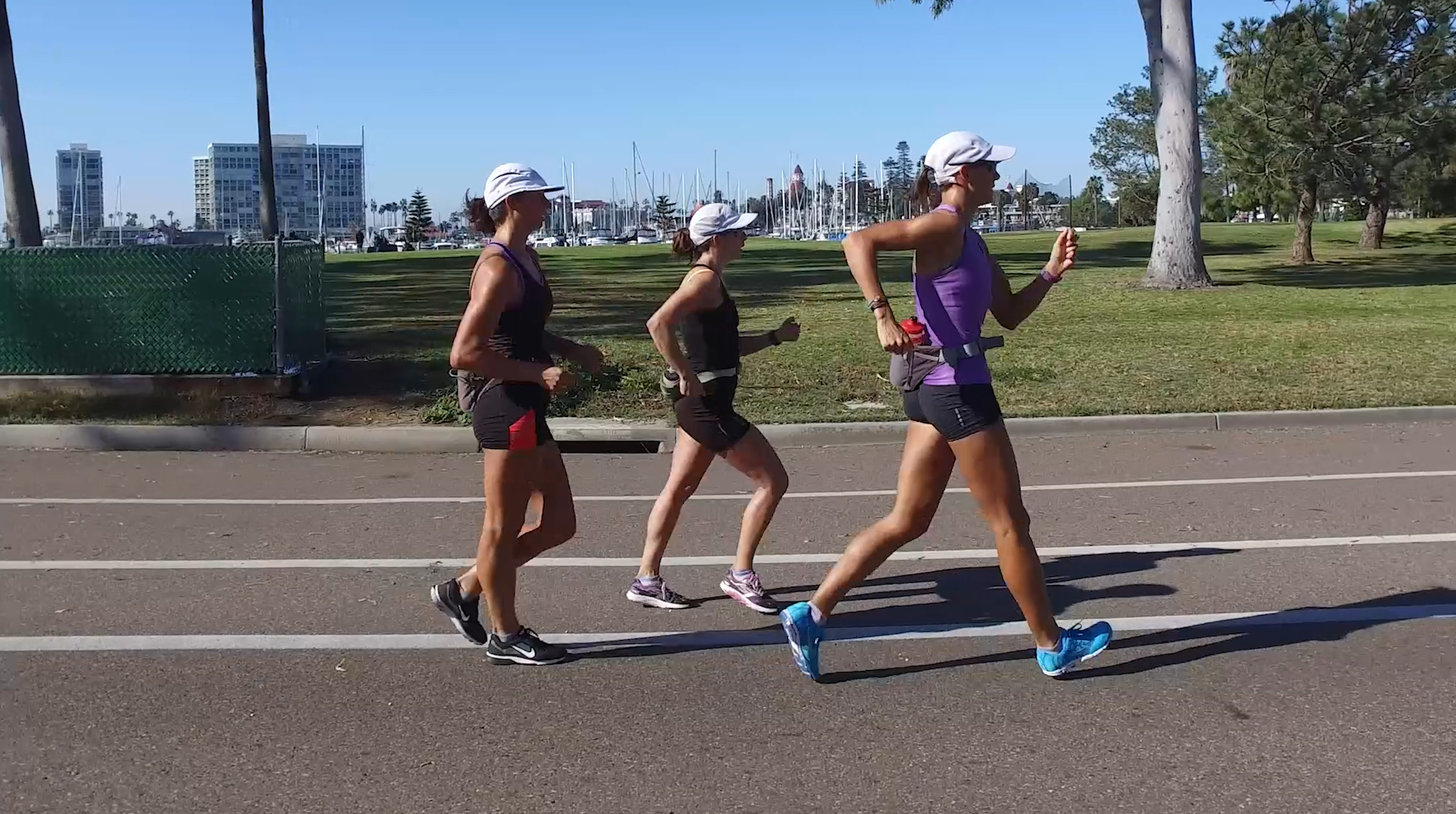
They strengthen the posterior chain including the hamstrings, glutes, trapezius, and rhomboids, essentially the entire backside. This creates balance in the muscles that push and pull the body while race walking and reduces overuse injuries.
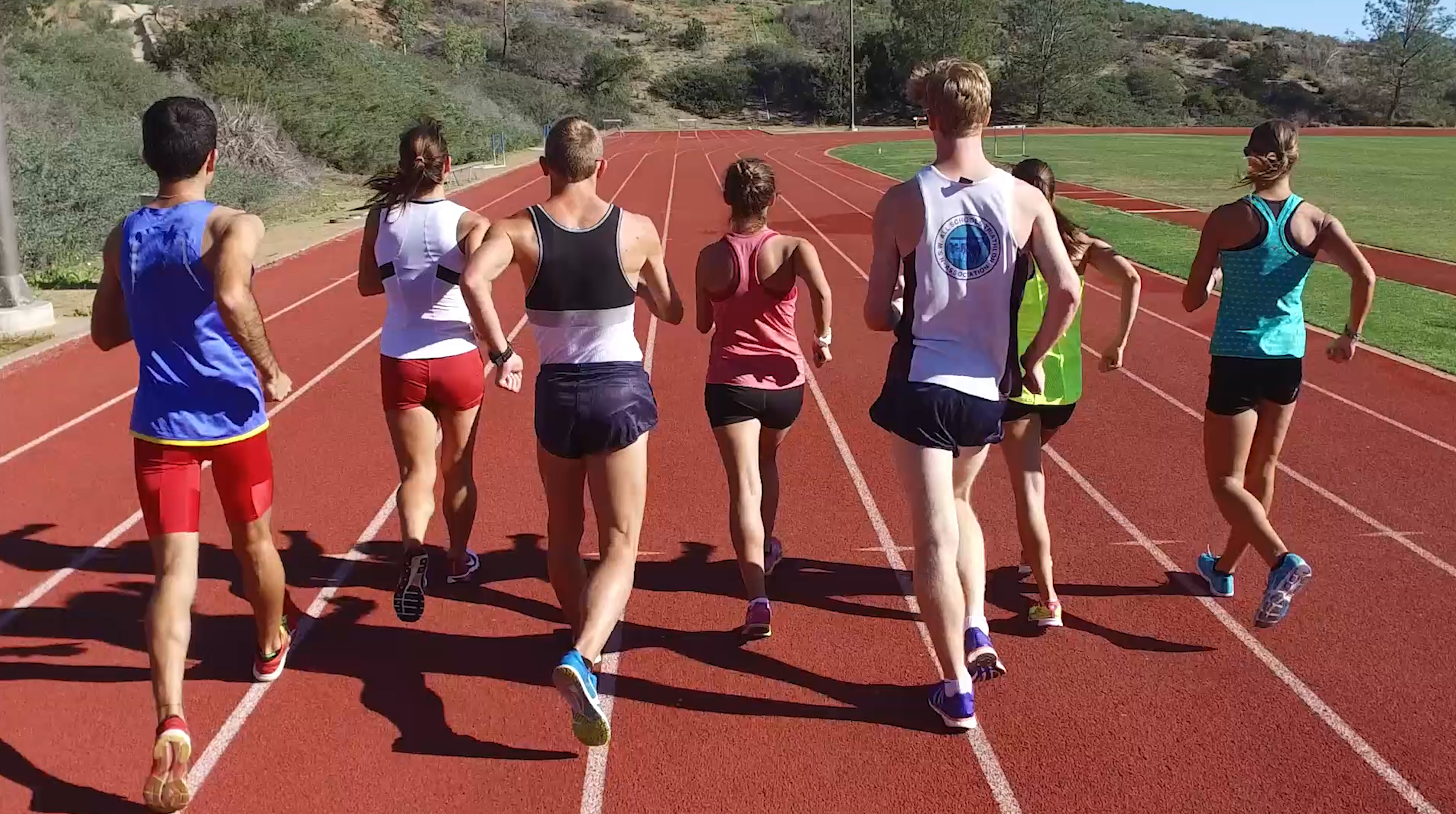
Reducing the number of reps required for endurance training down to two to five repetitions builds power without adding much muscular size. You won’t add twenty pounds of muscle on your legs. Using heavy weights with low repetitions increases strength and power of a muscle, while minimizing growth (hypertrophy).
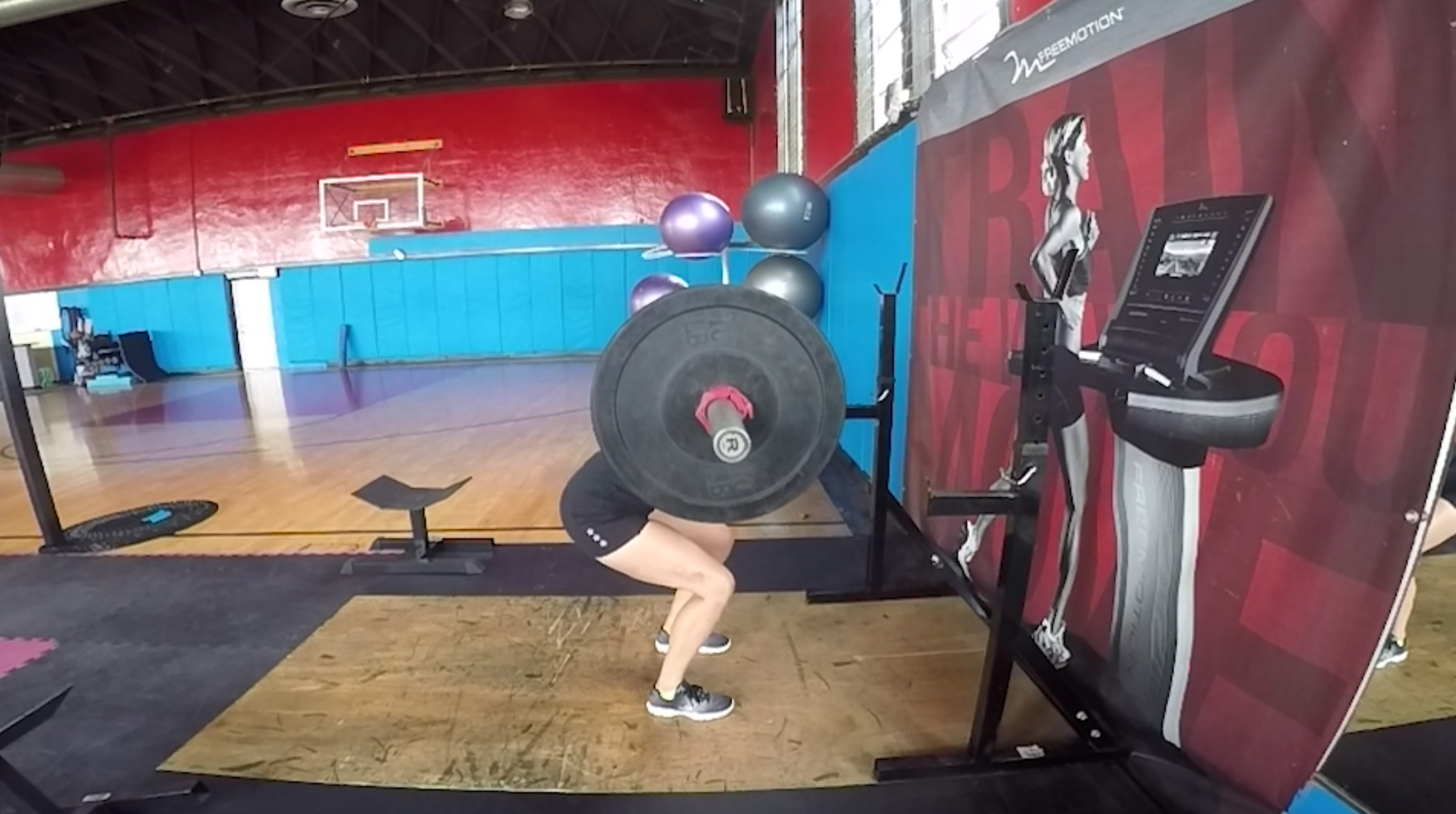
Elite walker Rachel Seaman dramatically increased her strength and power using this approach, while only minimally adding muscular weight to the effect of three pounds. She also significantly reduced her body fat percentage. This is like a fighter who competes in a weight class. He too wants to gain strength and power, but must do this without adding additional size, and becoming disqualified from his weight class.
Strength training is an important aspect to training, but don’t plan your training schedule around it. Instead, you should perform your drills and stretches every day.
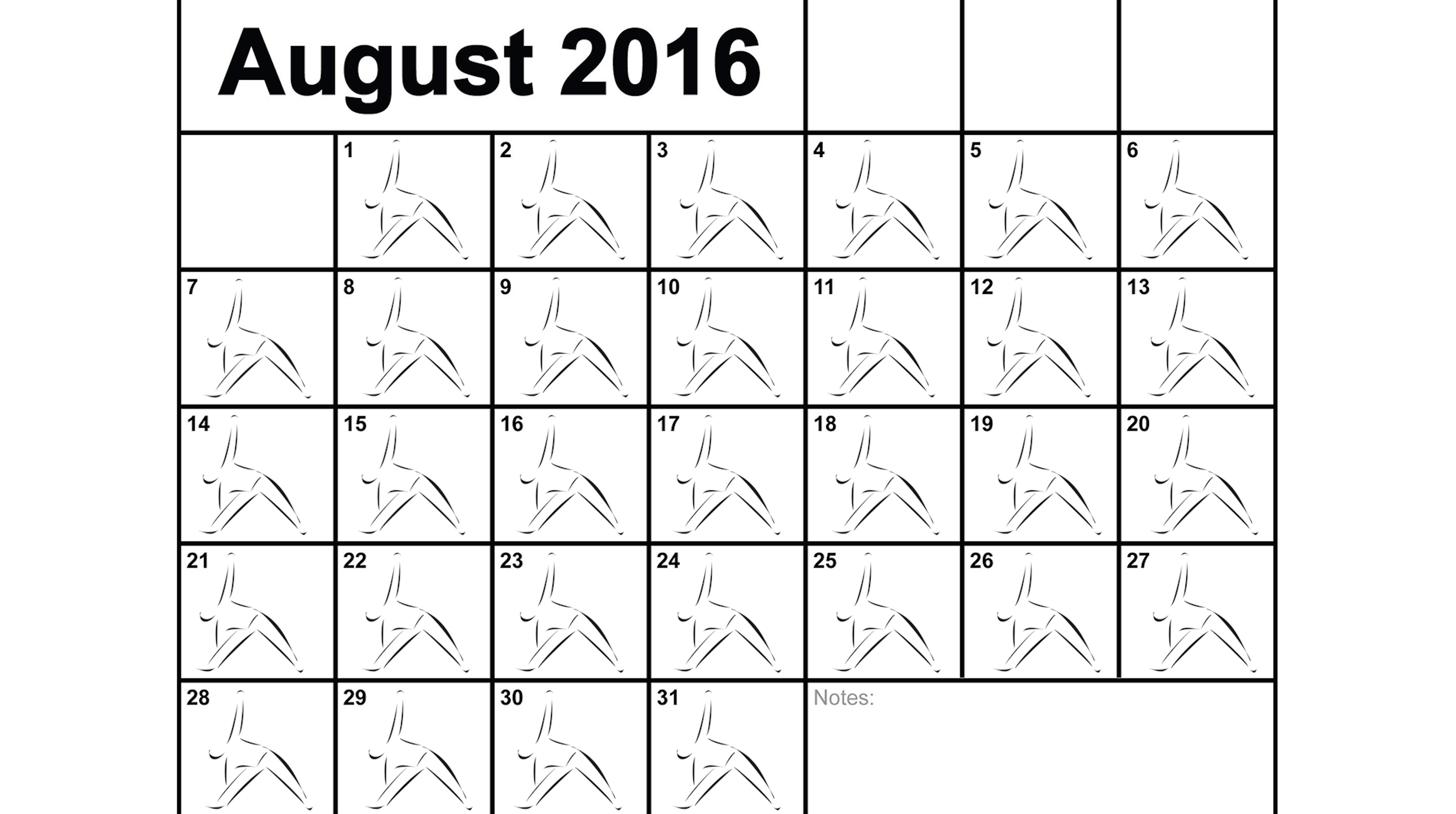
Then plan which days you perform your hard race walking workouts, ideally two per week.
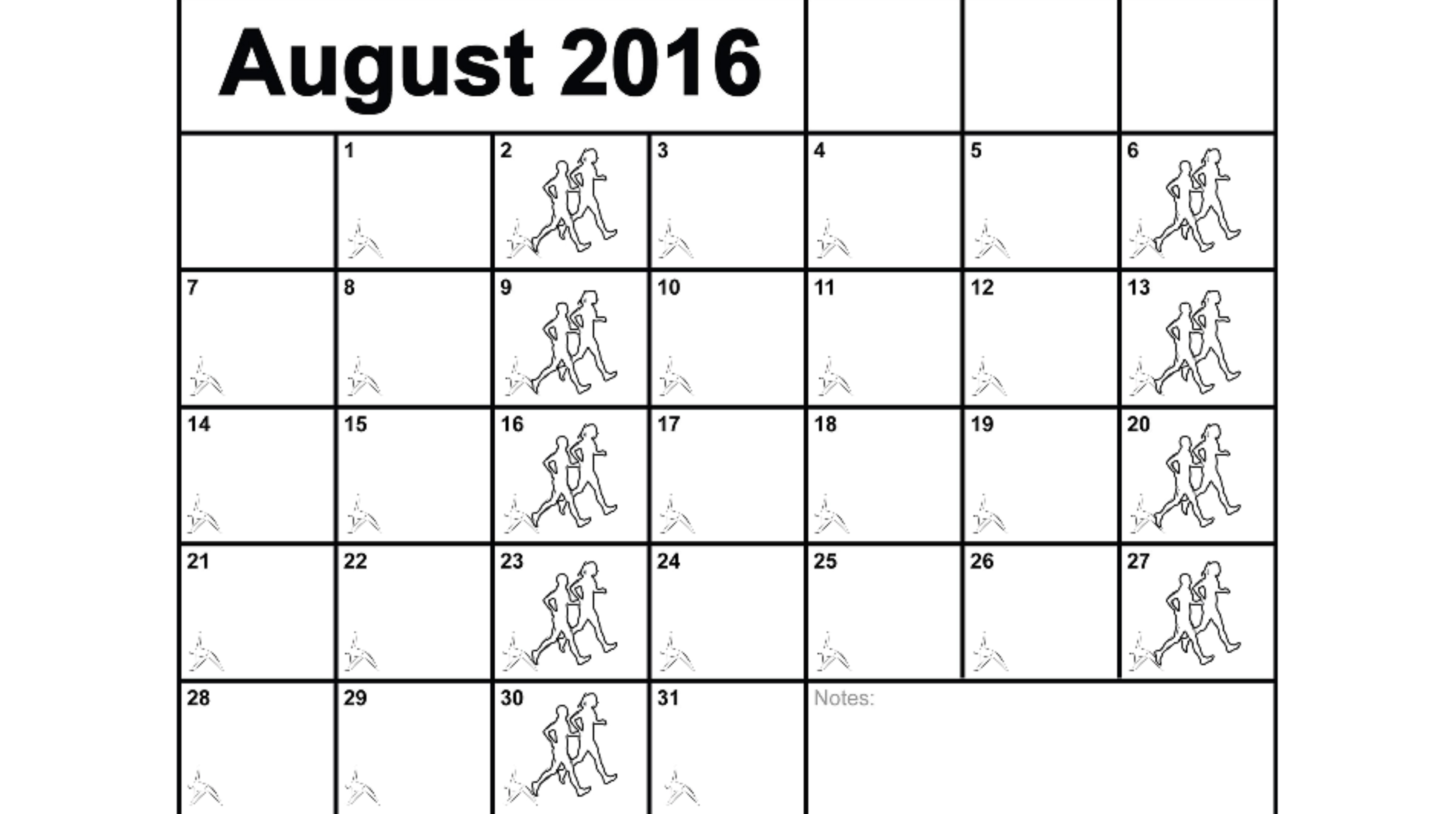
Next, schedule your strength training on days other than those of your hard race walking workouts. Like your strenuous race walking days, your strength training days should not be close together. For non-full time athletes, twice a week is sufficient.
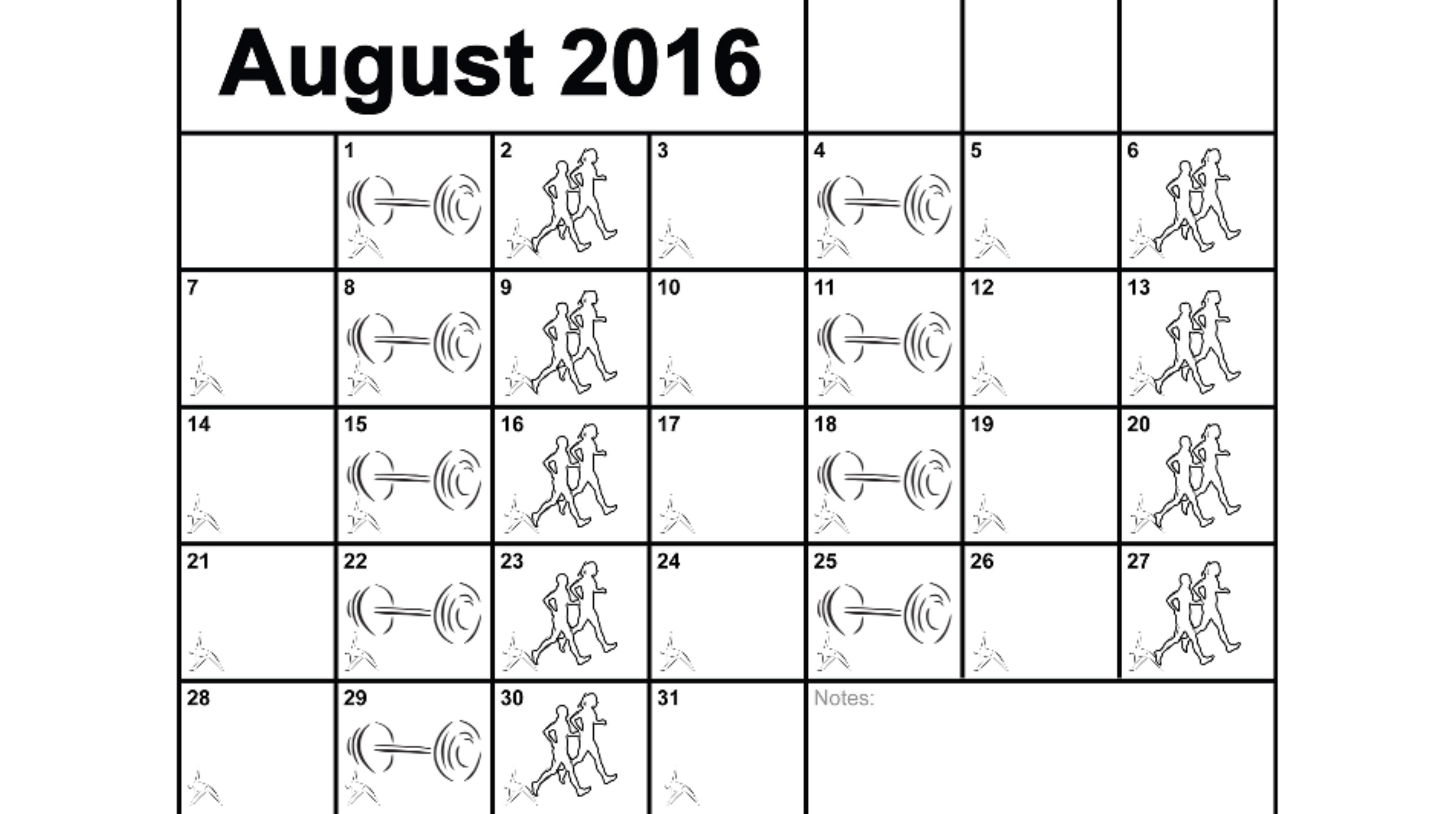
If you are a full-time athlete like Rachel and Miranda, you might add a third day per week.

It is imperative to learn proper technique for these movements before using weights while performing them. You cannot start off lifting a weight you can only lift two times. Technique needs to be constantly monitored for errors from the beginning as well as when you add weights to the exercises.
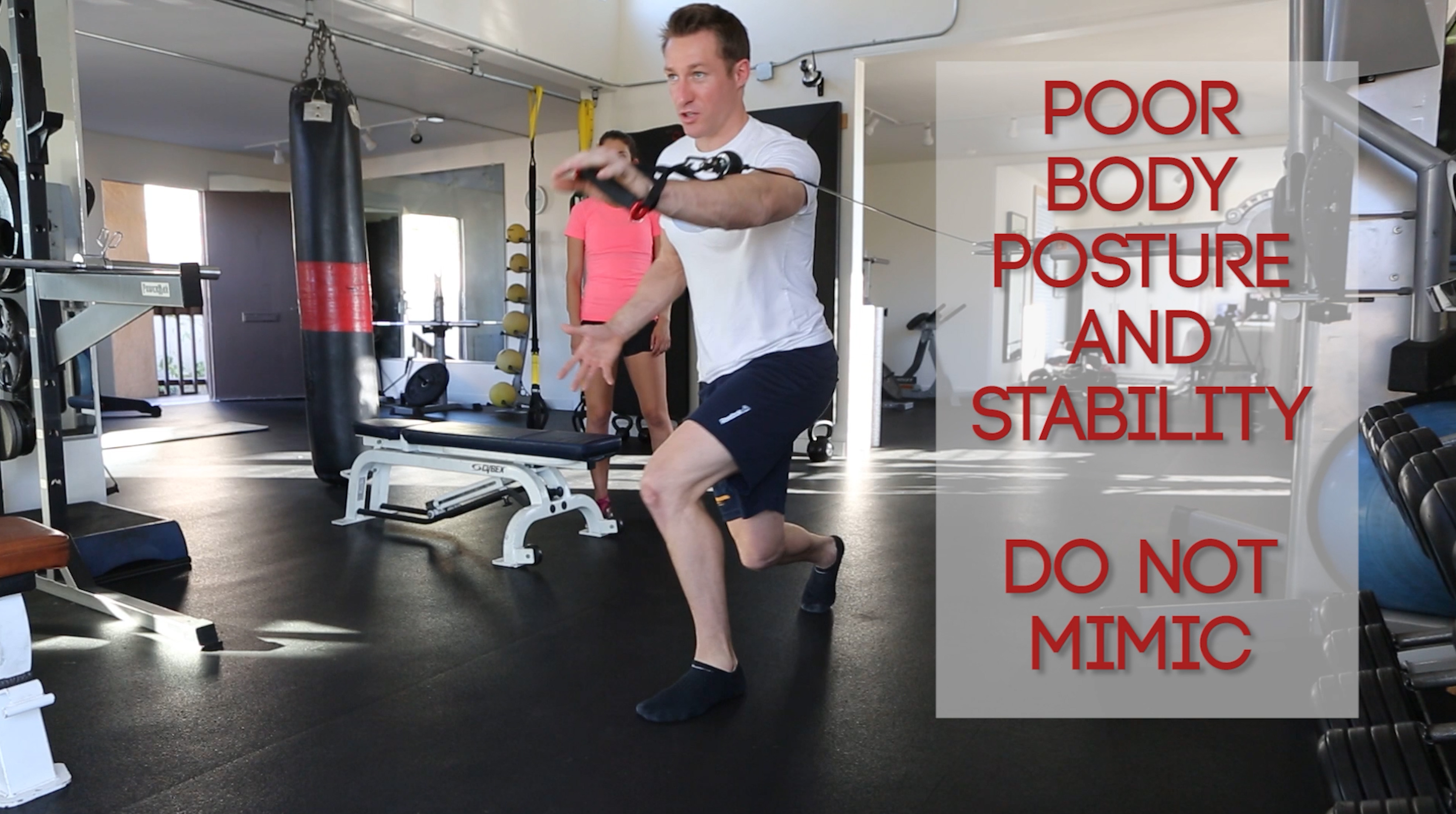
Looking at Rachel performing some of these exercises, you would think her form is great. This took a long time to master, just like her race walking technique. Rachel started with a kettlebell instead of a barbell and heavy weight. There were flaws in her posture that impacted her form. You will not see these, but a professional trainer can. She lacked thoracic extension in the spine, and hip capsule mobility restricted her ability to properly perform a deadlift. Had she continued without correcting these issues, she likely would have suffered a severe lumbar spine injury. It took her months of working on form, and postural correction before she got the point where she could pull a 155 pound deadlift with a bodyweight of only 120 pounds. So please, we can’t emphasize enough, if you are going to train with power exercises, seek a professional.

When lifting weights, the number of repetitions per set fall into three general categories:
- Power - 2-5 repetitions which build power without bulk.
- Strength - 6-12 repetitions which build strength with bulk.
- Endurance Lifting - 20 repetitions which build endurance without bulk

You should start your strength training program at 20 repetitions. How quickly you progress into power repetitions depends on your personal athleticism, ability to learn form, and whether you have any imbalances or postural corrections that must first be addressed.
Before moving into the power phase of 2-5 repetitions, it is important to first spend time building a foundational level of overall strength. This may take months, depending on the individual. Like any training, tapering off prior to competition is important. This includes lowering the number of sets and reps during the week leading up to competition.